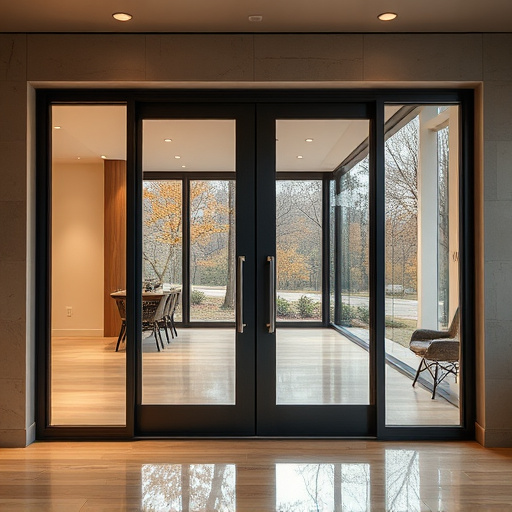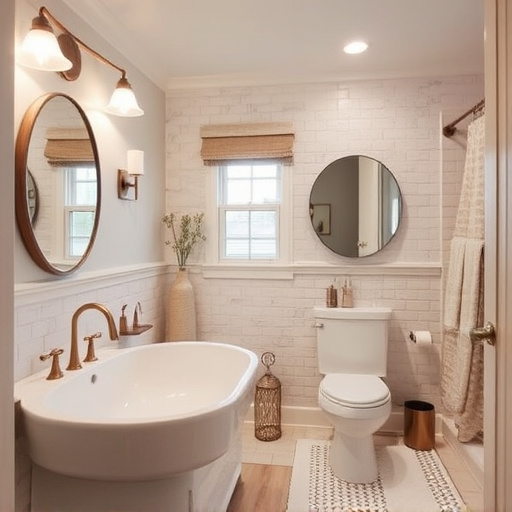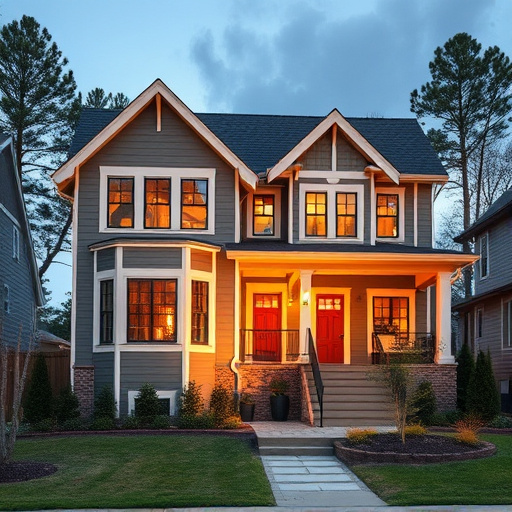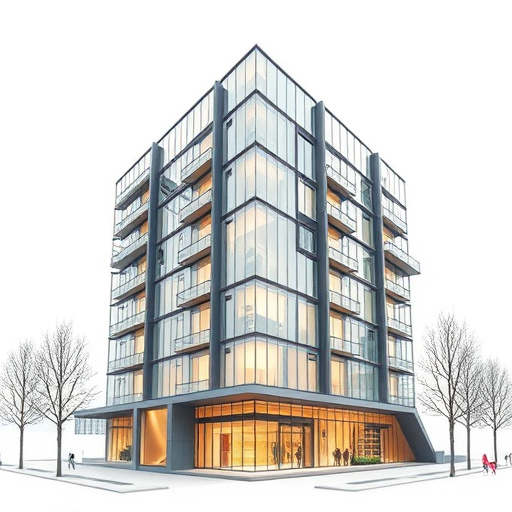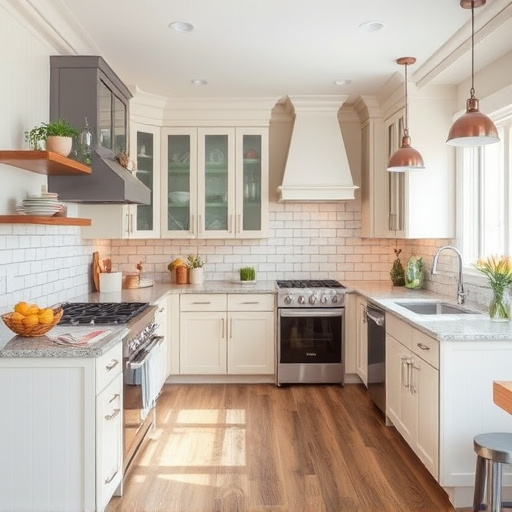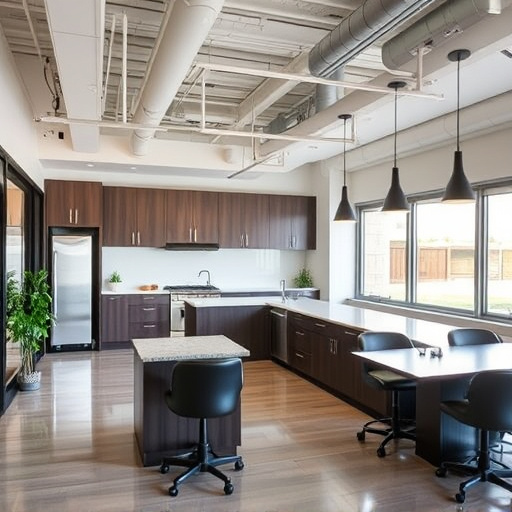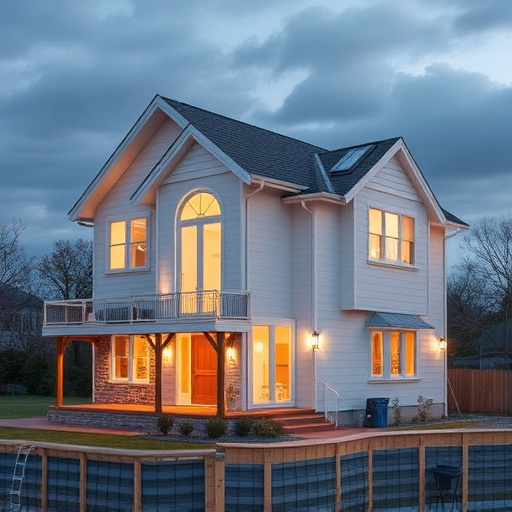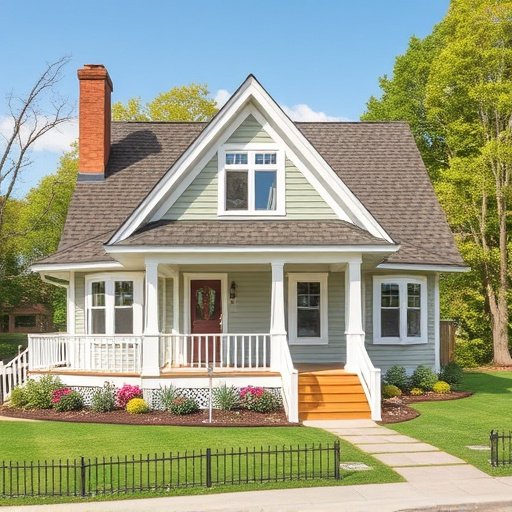Residential builders are leveraging the open concept living spaces trend, removing non-load-bearing walls to create seamless room connections and maximize space in smaller homes or apartments. This design emphasizes modern aesthetics, flexible layouts, and increased natural light. Features like built-in shelves, island counters, and eating bars add storage and worktop space while promoting social interaction. Open concept living is ideal for entertaining and family bonding, making it a popular choice among homeowners seeking contemporary lifestyles. Residential builders play a crucial role in transforming homes to reflect this trend, enhancing overall livability through strategic design and renovation.
Residential builders are increasingly embracing open concept living spaces, transforming homes into vibrant, interconnected oases. This design philosophy maximizer space, fosters seamless transitions between zones, and enhances social interaction. In this article, we explore innovative strategies for creating open concept spaces that blend functionality and aesthetics. From popular floor plans like the great room to incorporating modern materials and technology, discover how residential builders can craft homes that truly define contemporary living.
- Maximizing Space with Open Concept Designs
- – The appeal of open concept living
- – Strategies for residential builders to create seamless spaces
Maximizing Space with Open Concept Designs
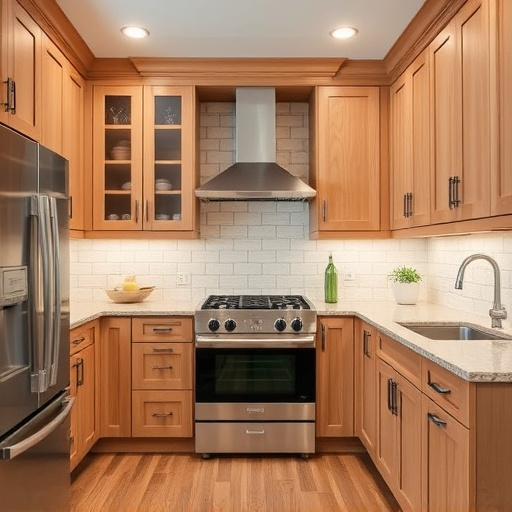
Open concept living spaces are a popular trend among residential builders, as they offer a modern and spacious aesthetic that many homeowners desire. By eliminating walls and creating seamless flows between rooms, builders can maximize space and enhance functionality. This design approach is particularly beneficial for smaller homes or apartments, where every square foot matters.
For instance, a residential builder might open up the kitchen and living room by removing non-load-bearing partitions, allowing a free-flowing layout. This not only provides a more welcoming atmosphere but also facilitates social interactions between family members or guests. Moreover, incorporating features like built-in shelves, island counters, or eating bars in these functional spaces can add extra storage, worktop space, and potential seating areas, thus catering to modern living needs and preferences for home improvement services.
– The appeal of open concept living
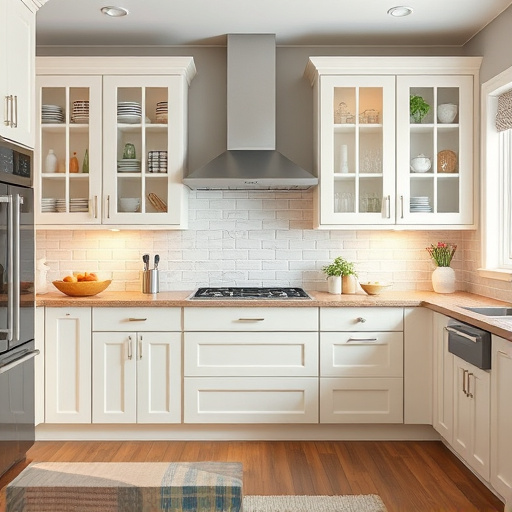
Open concept living has become a popular trend among residential builders as it offers a modern and spacious aesthetic that appeals to many homeowners. This design philosophy prioritizes seamless connections between rooms, fostering a sense of openness and continuity throughout the house. By eliminating traditional walls, especially between the living room, kitchen, and dining area, residents enjoy increased natural light, enhanced visual perspectives, and a more social environment. Such layouts are ideal for entertaining guests or simply promote a closer bond among family members, creating functional spaces that adapt to various lifestyles.
For residential builders, incorporating open concept living into their projects allows them to create dynamic and versatile interiors. Kitchen renovations often play a pivotal role in achieving this look, as the kitchen—once a segregated space—becomes the heart of the home, inviting and connecting with adjacent areas. This design approach not only captivates buyers seeking contemporary lifestyles but also adds significant value to residential renovations.
– Strategies for residential builders to create seamless spaces
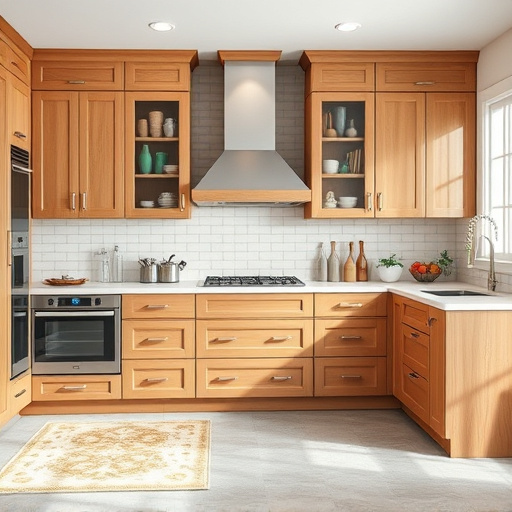
Residential builders play a pivotal role in crafting homes that seamlessly blend form and function, especially when it comes to open concept living spaces. To achieve this, builders can employ several strategies. One effective approach is to eliminate visual barriers like walls and partitions, creating a continuous flow between rooms. This not only enhances the sense of spaciousness but also encourages flexible living arrangements. Incorporating features such as shared islands in kitchens or dining areas, and open-concept bathroom designs where vanities face into common spaces, further contributes to these seamless transformations.
Additionally, residential builders can optimize natural lighting by strategically placing windows and skylights, making the most of daylit spaces. This not only adds aesthetic appeal but also reduces the need for artificial lighting during daylight hours. In home transformations like kitchen remodels or bathroom remodels, integrating open-concept principles can create a more inviting and connected atmosphere, elevating the overall livability of the residence.
Residential builders can transform traditional floor plans into dynamic, modern living spaces by embracing the power of open concept design. By implementing strategic layout choices and clever architectural elements, builders can create seamless, inviting environments that enhance social interactions and optimize space utilization. This approach not only caters to contemporary lifestyle preferences but also ensures that homes remain versatile and desirable in an ever-evolving market, making it a winning strategy for both builders and homeowners alike.






